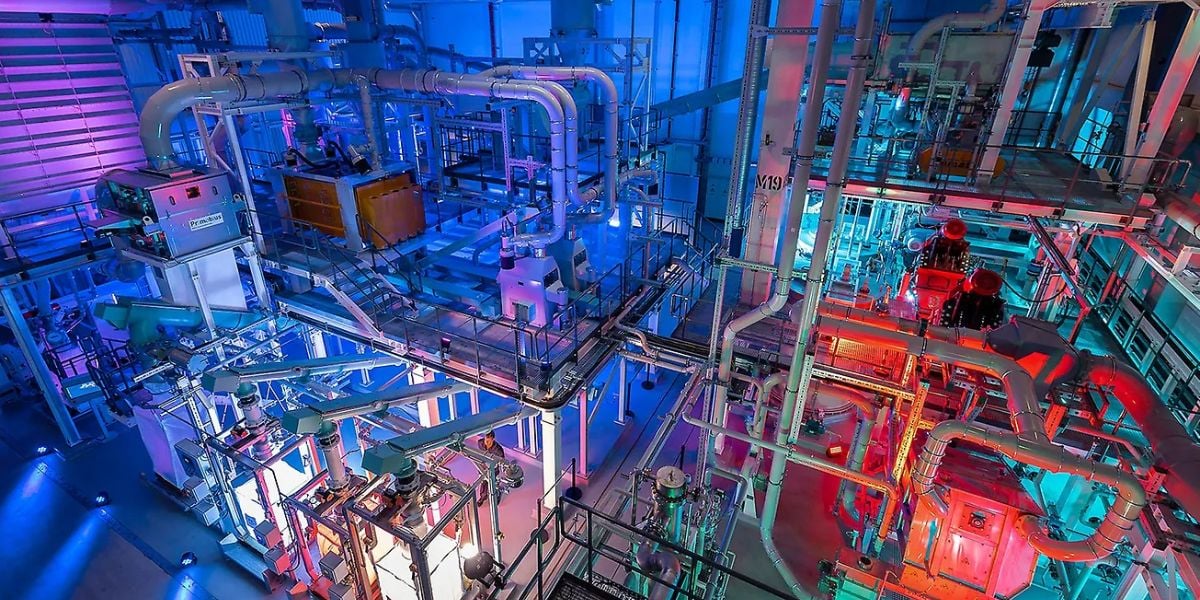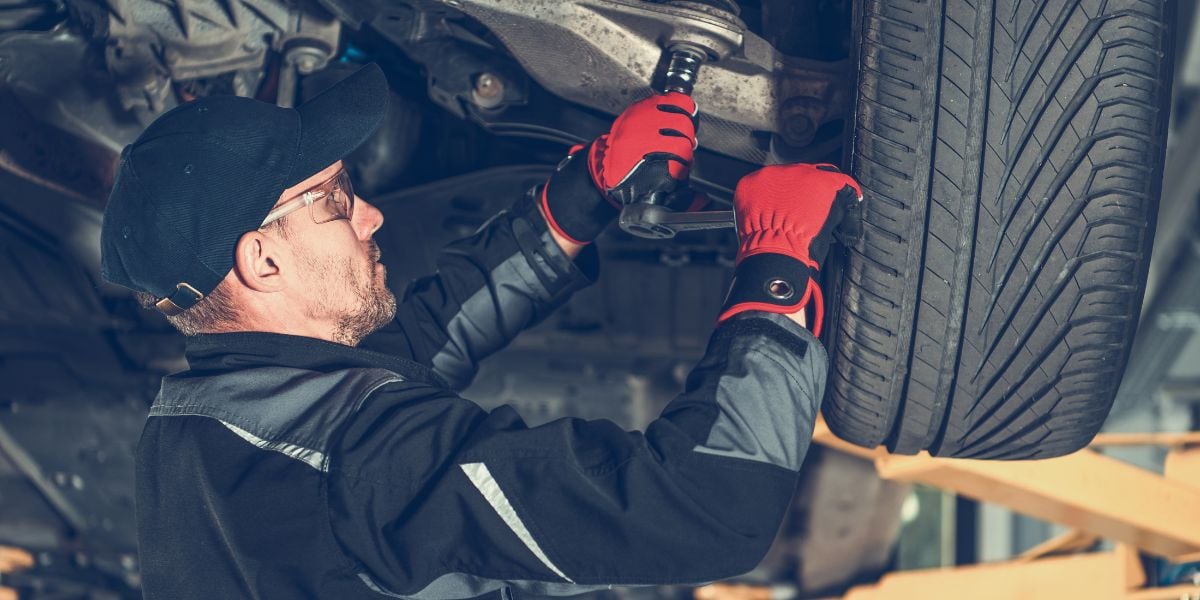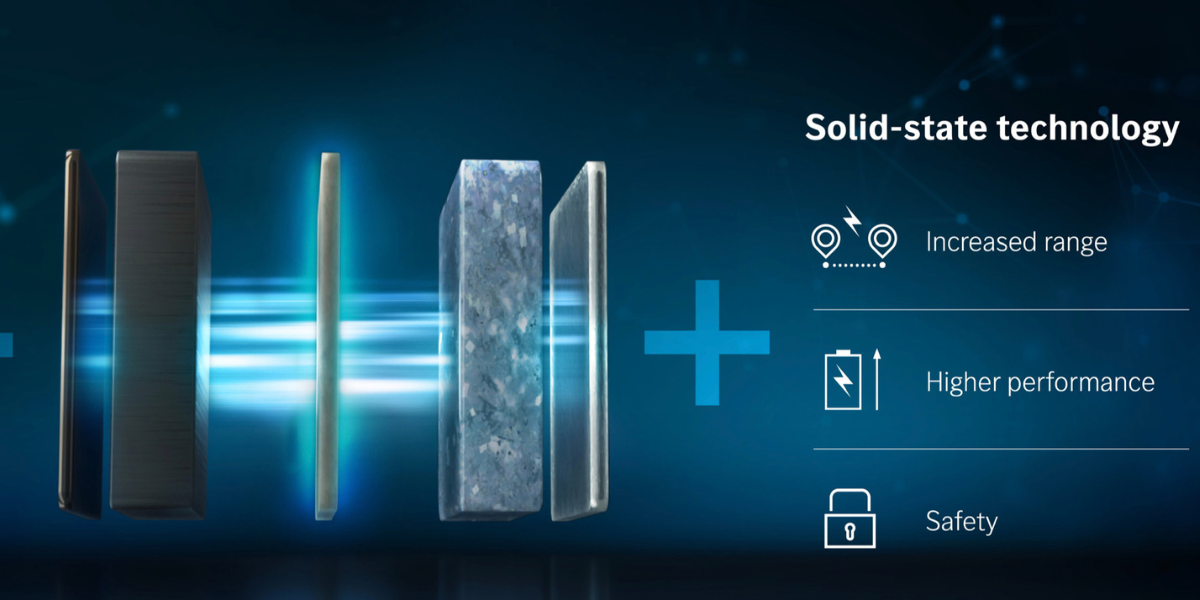Accelerating the journey to net-zero with remanufactured IT
Steve Haskew, Head of Sustainability and Social Leadership, Circular Computing writes at www.itproportal.com ‘There is much to be done before we reach a net-zero economy. But critisicisms about refurbished and, to a lesser extent remanufactured, laptops of 5 or 10 years ago no longer holds ground’ Read the full article below.
As we draw nearer to COP26, the UN’s climate conference, due to be held in Glasgow this year, many organizations are examining their progress towards emissions reduction targets and other sustainability metrics. While many have fared well at reducing the impact of their own operations, there is still much work to be done to address emissions deeper within their value chains.
The widely-used international accounting tool, the Greenhouse Gas (GHG) Protocol categorizes greenhouse gas emissions into three groups or 'scopes'. Scope one covers direct emissions from owned or controlled sources. Scope two covers indirect emissions from the generation of purchased electricity, steam, heating and cooling consumed by the reporting company. Finally, scope three includes all other indirect emissions that occur in a company’s value chain - having spent the past few years focused on scopes one and two, it is this area that organizations are now beginning to grapple with.
Those scope three emissions will include those incurred through business travel, purchased goods and services, transportation and distribution, and waste disposal. For many companies, it is here that the majority of their greenhouse gas emissions and cost reduction opportunities lie - outside of their own operations.
By tracking their scope three emissions, organizations can assess where the emission hotspots are, as well as identify resource and energy risks in their supply chain. Identifying which suppliers are leaders and which are laggards in terms of their sustainability performance, can help them to find the energy efficiency and cost reduction opportunities in their supply chain, and engage with suppliers to help them to implement sustainability initiatives, benefiting all parties involved.
Sustainable IT procurement
When we look at the goods and services that organizations purchase, one of the key areas both in terms of cost and in emissions is IT.
Traditionally corporate social responsibility and sustainability efforts haven’t placed much of a focus on IT procurement. Using recycled paper in printers and encouraging employees to print only what documents were absolutely necessary, was once seen as doing enough. Now, that’s starting to change, and quickly.
One of the key reasons for this was that sustainability leaders and IT decision makers operated in a very siloed way, and rarely spoke, let alone understood the challenges each party faced. In 2021, those leading sustainability efforts tend to have a much bigger remit and as attention turns to scope three reporting, are now aware of the impact IT supply chains can have - and not just in data centers and the cloud, but in laptops too.
Every year more than 160 million new laptops are manufactured. Much of this production is driven by corporates replacing equipment in regular - typically three year - cycles.
This rather arbitrary time period was once relevant. In 1965, Intel founder Gordon Moore accurately predicted that the performance capacity for computing chips would double, year on year. Moore’s Law as it became known, held for many years, but has reached an inevitable plateau, so these three year replacement cycles no longer deliver the same improvements in processing power as they once did.
What happens to old IT?
In the EU alone, some 160,000 laptops are disposed of every day. There is often very little wrong with these laptops - they may be three or more years old, they may have slower processors, or batteries that no longer hold their charge - but that’s not hard to resolve, and certainly no reason to throw them out.
In fact, as many as 70 percent of those laptops could be reused, refurbished or remanufactured, reducing raw materials and energy consumption as well as cutting waste production.
From a corporate perspective, remanufacturing is an attractive prospect. The remanufacturing process takes laptops that would otherwise be discarded, returns them to at least their original performance levels, and provides a warranty that is equivalent or better than that of the newly manufactured product. As the process takes significantly less time and uses significantly fewer resources than starting from scratch, remanufactured laptops are more cost effective than buying new.
One of the criticisms that has been levelled at refurbished, and to a lesser extent remanufactured, laptops in the past is that they lack performance and reliability, and particularly for large orders there was a lack of consistency across the board. While that may have been true five or ten years ago, that is certainly not the case today. In fact today’s remanufactured laptops are consistently more reliable than new machines, with lower failure and return rates - thanks to the rigorous inspection processes they go through, as well as the time spent on and the attention to detail given to preparing each device for sale.
By buying remanufactured laptops, the IT decision-maker gets the devices they need at a very competitive price, coupled with an enhanced warranty, and keeps them happy - but what about the environmental and social side of the sustainability equation?
How sustainable are remanufactured laptops?
By buying remanufactured, as opposed to new laptops, organizations can cut 316kg of CO₂ emissions and 190,000 liters of water waste from their value chains, as well as prevent 1,200kg of minerals being mined for each device.
These are not trivial numbers and mean it’s not just the IT and procurement leaders who are kept happy. Even for smaller organizations, who will naturally purchase fewer devices, it’s possible to achieve significant reductions in scope three emissions by opting for remanufactured IT equipment.
Sustainability is only ever going to grow in importance and will continue to rise up the corporate and legislative agenda as we near key milestones along the road to net zero emissions.
2030 will be a significant year as fossil fueled vehicles are phased out and we review global progress against the UN Sustainable Development Goals (SDGs). However, there is much to be done before we reach a net zero economy. The sooner we realize the scale of the issue and ramp up our sustainability efforts accordingly, the more likely we are to achieve the ambitious targets that have been set.
We each have a responsibility to play our part in this effort, as individuals and as part of the organizations we serve. As those organizations explore what more they can be doing than they are already today, I’d encourage them to look to their IT procurement.
For a fraction of the price of buying new, organizations can dramatically reduce the mark their impact on the environment has and begin to walk the walk on CSR. If they are serious about sustainability, they should seriously consider remanufactured IT.
Read the original article here.
Photo by Junior Teixeira from Pexels
Share your remanufacturing stories with us
Do you have an innovation, research results or an other interesting topic you would like to share with the remanufacturing industry? The Rematec website and social media channels are a great platform to showcase your stories!
Please contact our Brand Marketing Manager.
Are you an Rematec exhibitor?
Make sure you add your latest press releases to your Company Profile in the Exhibitor Portal for free exposure.



